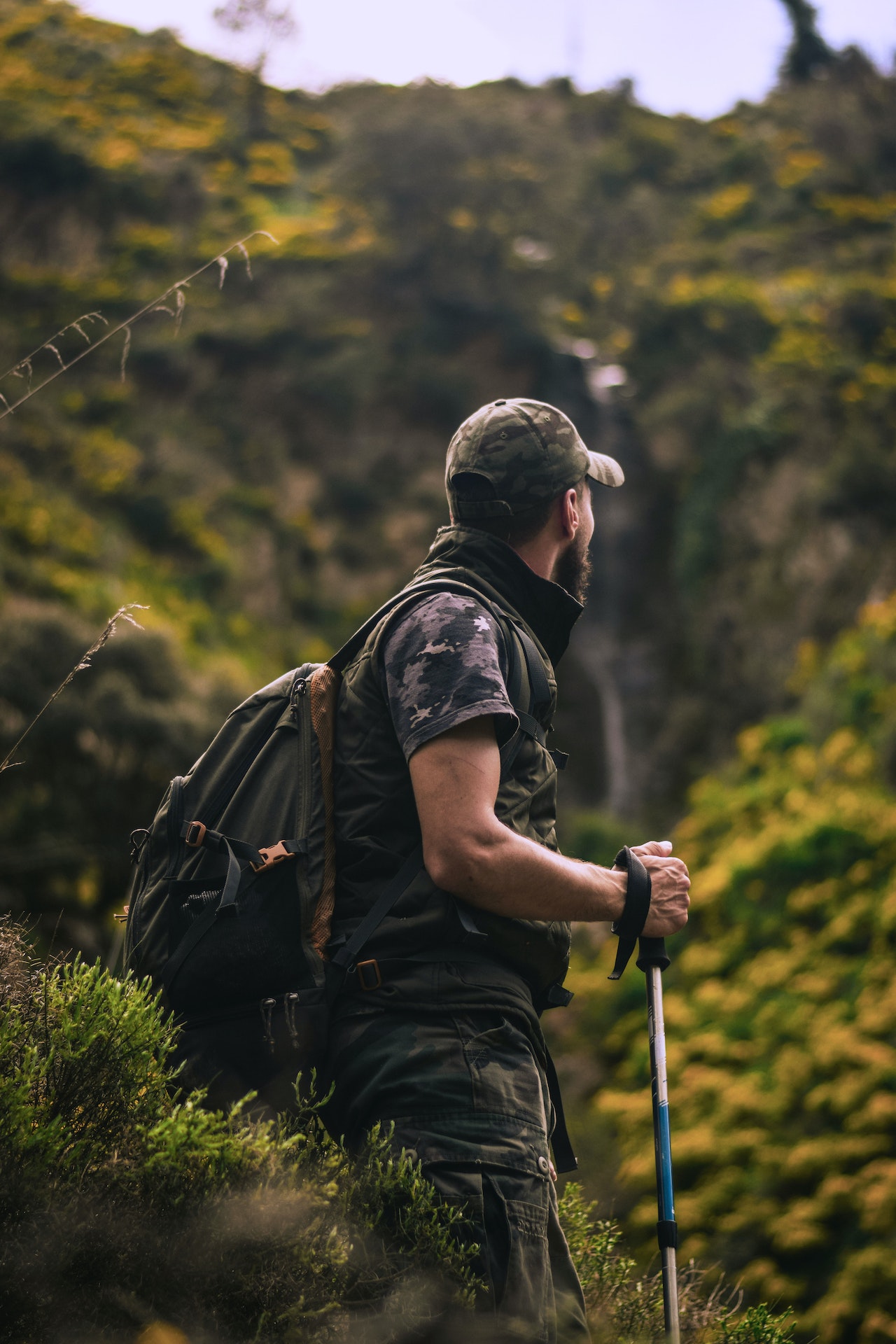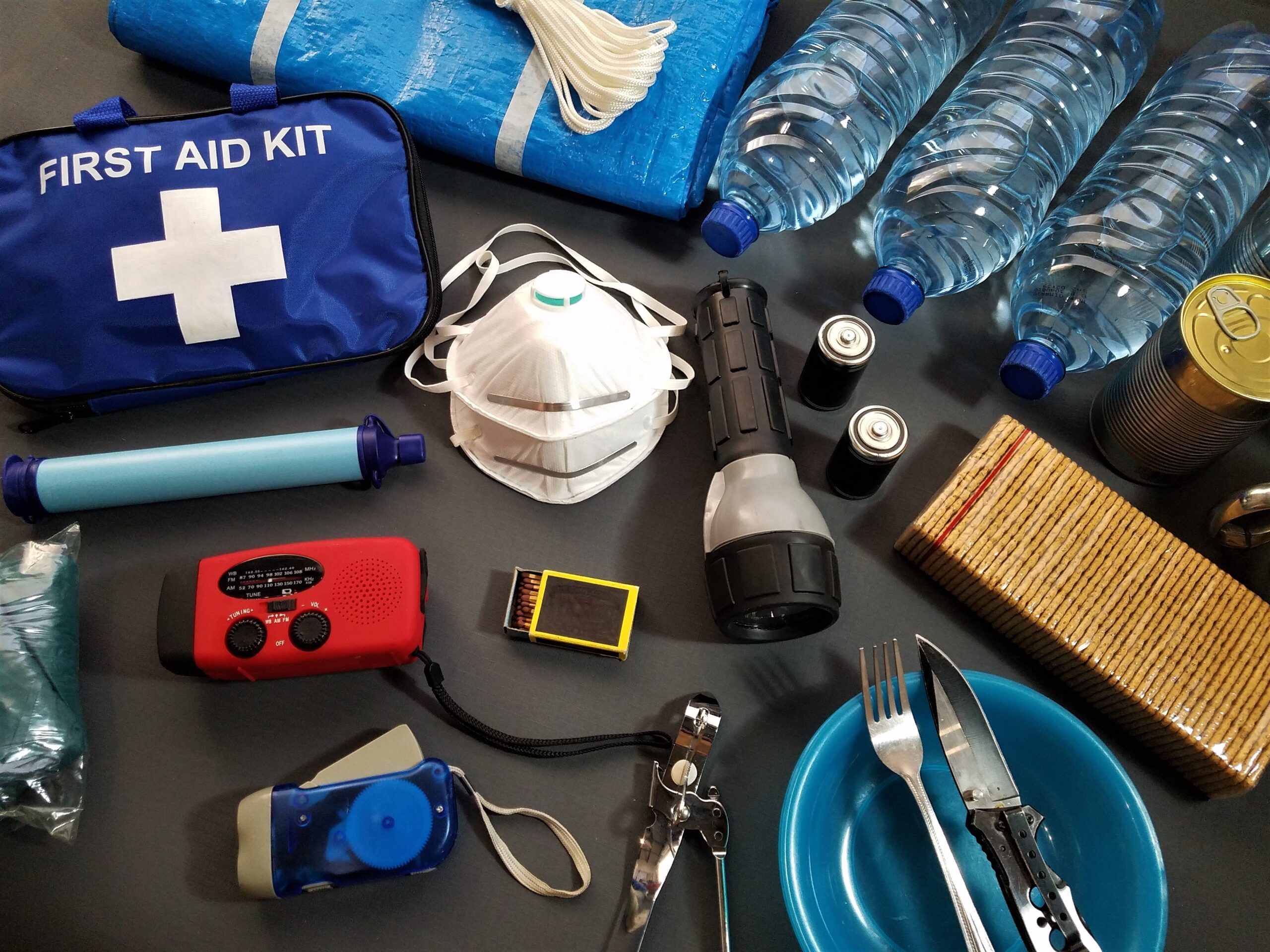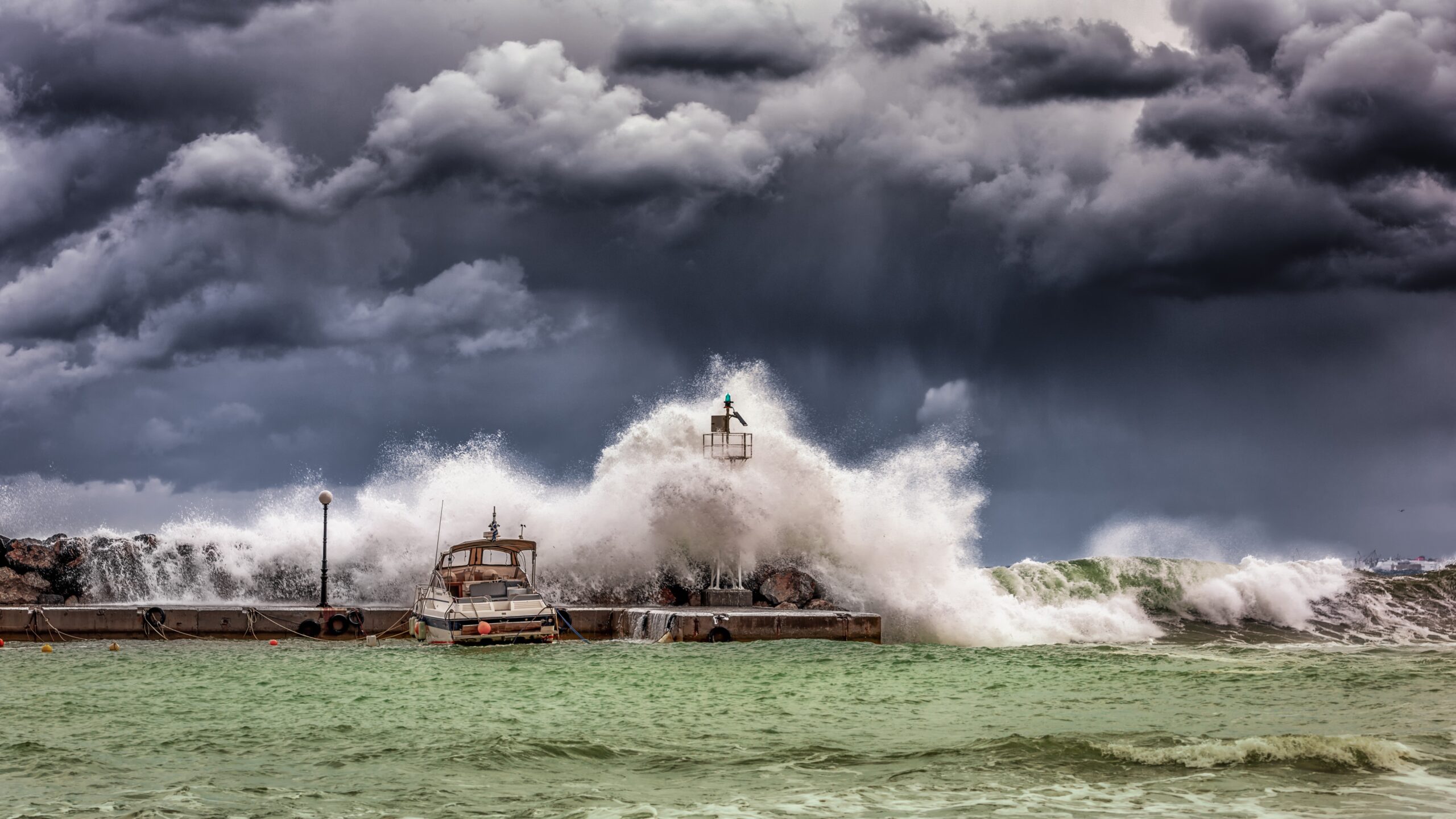Photo by: Amine M’siouri Source: Pexels
The art of finding sustenance in the wild is an age-old skill that’s been crucial to our ancestors’ survival. Though modern life has made many of us dependent on supermarkets and packaged foods, knowing how to forage and hunt is a valuable skill, especially in emergency situations. This comprehensive guide aims to arm you with the basic knowledge you need to source food from nature, while ensuring your safety and the ethical treatment of the environment.
The Importance of Calories in Survival Situations
When stranded in the wilderness, your body becomes your most important tool. To function optimally, you need energy, which is derived from the calories you consume. The average adult requires about 2,500 calories per day, but in a survival situation, where physical activity might increase, this requirement can rise.
Food sources in the wild can be unpredictable, so it’s essential to:
- Prioritize high-calorie foods: Foods rich in fats, proteins, and carbohydrates should be your target.
- Conserve energy: Move efficiently and avoid unnecessary physical activity.
- Stay hydrated: Water aids digestion and nutrient absorption.
Basic Plant Foraging: Recognizing Common Edible Plants and Mushrooms
Plants can be abundant food sources, but they can also pose dangers if you’re unaware of their properties.
Common Edible Plants:
- Dandelions: Almost all parts are edible—roots, leaves, and flowers.
- Clover: Widely found and can be eaten raw or boiled.
- Cattail: Known as the “supermarket of the swamp.” The rootstock can be roasted, and the young cob-like tip can be eaten.
- Plantain (not the fruit): Common in yards and hiking trails. The leaves can be eaten raw or cooked.
Edible Mushrooms:
Identifying safe mushrooms can be tricky, as many edible ones have toxic lookalikes. Some safer bets include:
- Morels: Distinctive honeycomb appearance. Ensure they’re cooked.
- Chanterelles: Bright orange-yellow with a fruity smell.
- Giant puffball: Only eat when young and the inside is uniformly white.
Safety Tip: If you’re uncertain about a plant or mushroom, it’s better to avoid it. Some toxic plants can look deceptively harmless.
Setting up Snares and Traps
Trapping is an energy-efficient way to secure protein-rich meat. Here’s how to set basic traps:
- Simple Snare: Use cordage to create a noose, placing it at head level of your target animal on a known animal trail. The idea is for the animal to walk through the noose, which tightens around its neck as it moves forward.
- Deadfall Trap: This relies on a heavy weight (a large rock or log) that falls and kills the prey. Prop up the weight using a stick trigger.
Hunting Tools and Weapons
When traps aren’t enough, or you need to actively hunt, some basic weapons can be improvised:
- Improvised Bows: A strong, flexible branch can be used as the bow’s body. String made from plant fibers, animal sinew, or even shoelaces can serve as the bowstring.
- Slingshots: A Y-shaped branch, with elastic material (like rubber from inner tubes) attached to the prongs and a leather pouch in the center, can serve as an effective weapon for small game.
- Spears: Sharpened, fire-hardened wood can serve as a basic spear for fishing or defense.
Safety and Ethical Considerations
Foraging Safety:
- Double-check: Always be certain of a plant’s edibility. Some edible plants have toxic lookalikes.
- Taste Test: If unsure, taste a tiny bit. If it’s extremely bitter or causes a burning sensation, spit it out.
- Avoid polluted areas: Avoid foraging near roadsides or industrial areas where plants might absorb pollutants.
Ethical Hunting and Foraging:
- Take only what you need: Overharvesting can harm ecosystems and deplete food sources for wildlife.
- Avoid endangered species: Some plants and animals are under threat and should be left alone.
- Use the whole animal: If you kill an animal, use as much of it as possible to honor its life.
Water Safety:
- Source Wisely: Choose flowing water over stagnant sources. Avoid water near dead animals or heavy algae growth.
- Boil: Boiling is a reliable way to kill pathogens. Boil for at least one minute (or three minutes at higher altitudes).
Conclusion:
Foraging and hunting in the wilderness can be a rewarding experience, bringing us closer to our ancestral roots and helping us appreciate nature’s bounty. However, survival in the wild hinges on knowledge, preparation, and respect for the environment. Remember, nature isn’t against you; it’s indifferent. With the right skills, you can work with nature to meet your needs while preserving the delicate balance of ecosystems.



